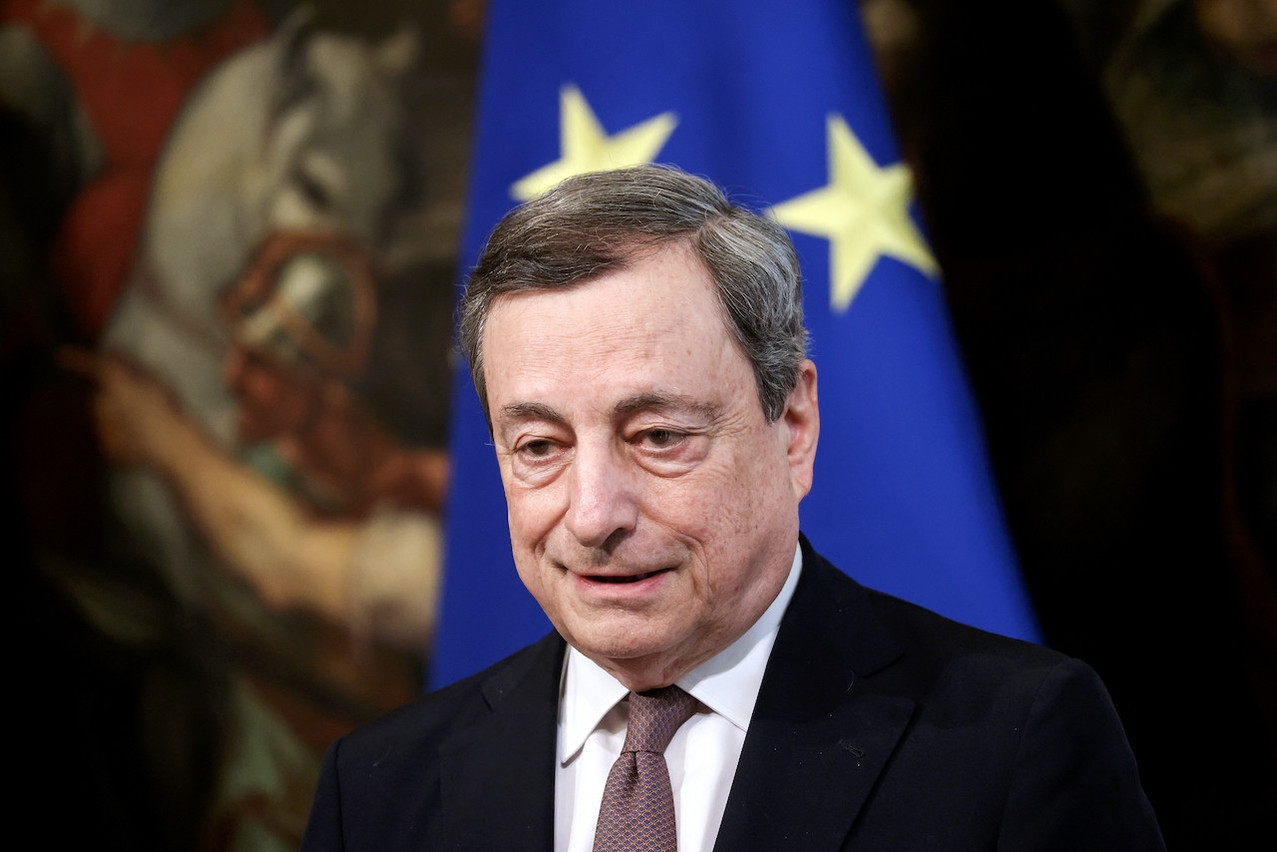We know Mario Draghi--president of the European Central Bank from 2011 to 2019--for his phrase “whatever it takes,” synonymous with the rescue of the euro threatened by the debt crisis. This rescue earned him the nickname “Super Mario.” He’s now applying this “whatever it takes” principle to the EU economy and to boosting its competitiveness in a report commissioned by the European Commission last spring and officially to commission president Ursula von der Leyen on 9 September, after MEPs were briefed on its broad outlines on Wednesday 4 September.
The thorny question of funding
For “Super Mario,” “the European Union needs a much more coordinated industrial policy, faster decisions and massive investment if it is to keep pace with its rivals, the United States and China.” He puts these investment needs at 5% of the EU's GDP, or around €800bn a year. It’s an amount that he himself acknowledges cannot be raised by member states alone. It will be necessary to “mobilise both public and private capital,” he says, calling for the creation of a “genuine Europe of capital.”
Read also
The issue of financing the EU’s sustainable and digital transition is already on the table, pointed out von der Leyen. In her view, the commission and the council must work together to define the political priorities and then to define the funding arrangements. And in this context, “all options are open.” These options range from increasing national contributions to the EU budget to finding new resources, including the issue of a European loan. For many countries--especially Germany and northern European countries--this is an insurmountable red line.
Institutional reforms for a more efficient EU
As far as reforms are concerned, Draghi points to a “lack of coordination between member states that limits the effectiveness of initiatives taken to deal with new realities such as the sustained rise in the price of fossil fuels, the need to step up the defence effort, a shrinking population and productivity that is not increasing fast enough to compensate for the lack of manpower.”
His main targets are the differences in subsidies between countries, which are disrupting the single market; the fragmentation of the European market, which is handicapping the competitiveness of European businesses on the global market; and a decision-making process within the EU that is “complex and slow.” “It will be necessary to refocus the EU’s work on the most urgent issues, to ensure effective coordination of policies around common objectives and to use existing governance procedures in a new way that allows those member states that wish to do so to move more quickly,” he believes.
A case in point? The policy on customs duties, which he would like to see more pragmatic, specific and defensive “than it is today.” A direct reference to China
170 proposals
Draghi’s report is divided into two parts. In the first part, besides taking stock of Europe’s competitiveness, there are five chapters on key areas for action: “closing the innovation gap (including skills)”; “combining decarbonisation and competitiveness”; “strengthening security and reducing dependency”; “financing investment”; and “strengthening governance”.
These sections detail the challenges facing the EU. These include the difficulty of moving from the research and development stage in Europe to the marketing stage. A difficulty that leads “30% of European unicorns to leave the continent for the United States.” Draghi also cites the dependence on China for all the raw materials that are essential for the transition to a sustainable and digital economy.
The second part of the report contains 170 proposals for structural and horizontal policies.
During the public presentation of his report, Draghi highlighted the need to reform the energy market, an “archaic” market whose operation, in his view, is penalising the energy transition. He recommends that the cost benefits of decarbonisation should be anticipated and passed on to all consumers. And to speed up decarbonisation, he advocates “taking advantage of all available technologies and solutions--including nuclear--by adopting a technology-neutral approach and developing a cost-efficient overall system.”
Draghi also stressed the need to secure supply routes for strategic raw materials. This means recycling, developing a second market for these resources and diversifying sources of supply.
This article was originally published in .
